Standing on the frozen Arctic Ocean, clad from head to toe in winter gear, my beard froze as my convoy mate informed me that it was -50°F in Tuktoyaktuk, where my overland vehicle was parked. A grin spread across my face, and I felt a wave of satisfaction and tempered elation course through my warm body. We had done it; we had learned how to travel and survive in extreme cold and to enjoy the peace, serenity, and constant challenge of a frozen world.
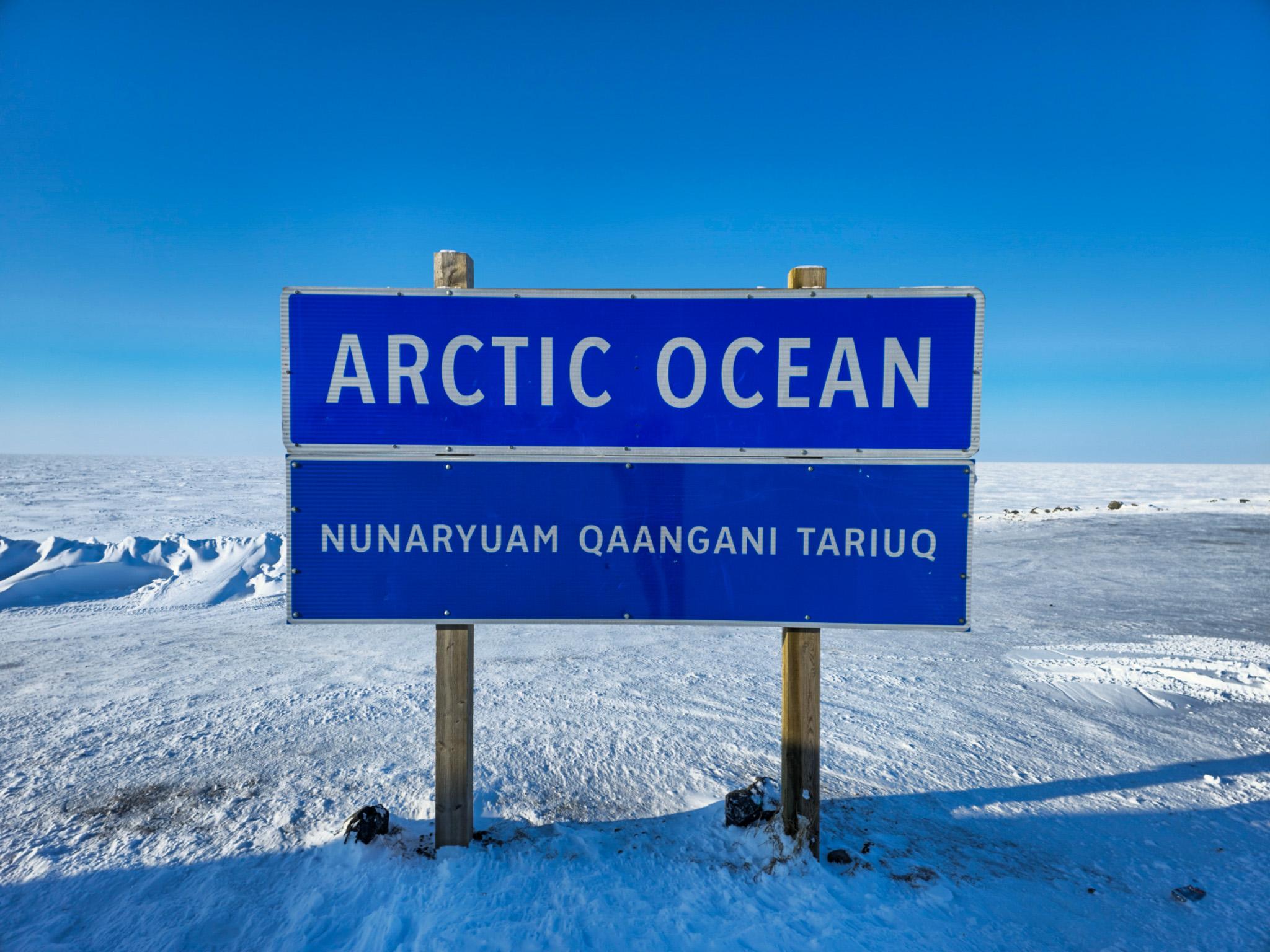
My wife, Luisa, and I grew up in sunny South Africa. While the winters in Johannesburg can be cold and miserable, the temperature rarely plunges to 30°F, and I have only once seen and touched snow between infancy to mid-adulthood. Our lack of cold weather experience had a profound effect on our style of travel once we became full-time overlanders, and the mere sight of snow was usually enough for Luisa to send us rapidly in the opposite direction. I soon realized that our lack of cold-weather confidence was a chink in our armor, a certainty that we would have to learn if we were ever going to be able to explore the far reaches of the Northern Hemisphere extensively. Between North America and Eurasia, endless swaths of land freeze annually, and not having the ability to explore these regions between October and March is not only a logistical challenge but also a lost opportunity. So, how does one learn how to travel safely and comfortably to the coldest places on earth? One word: experience.
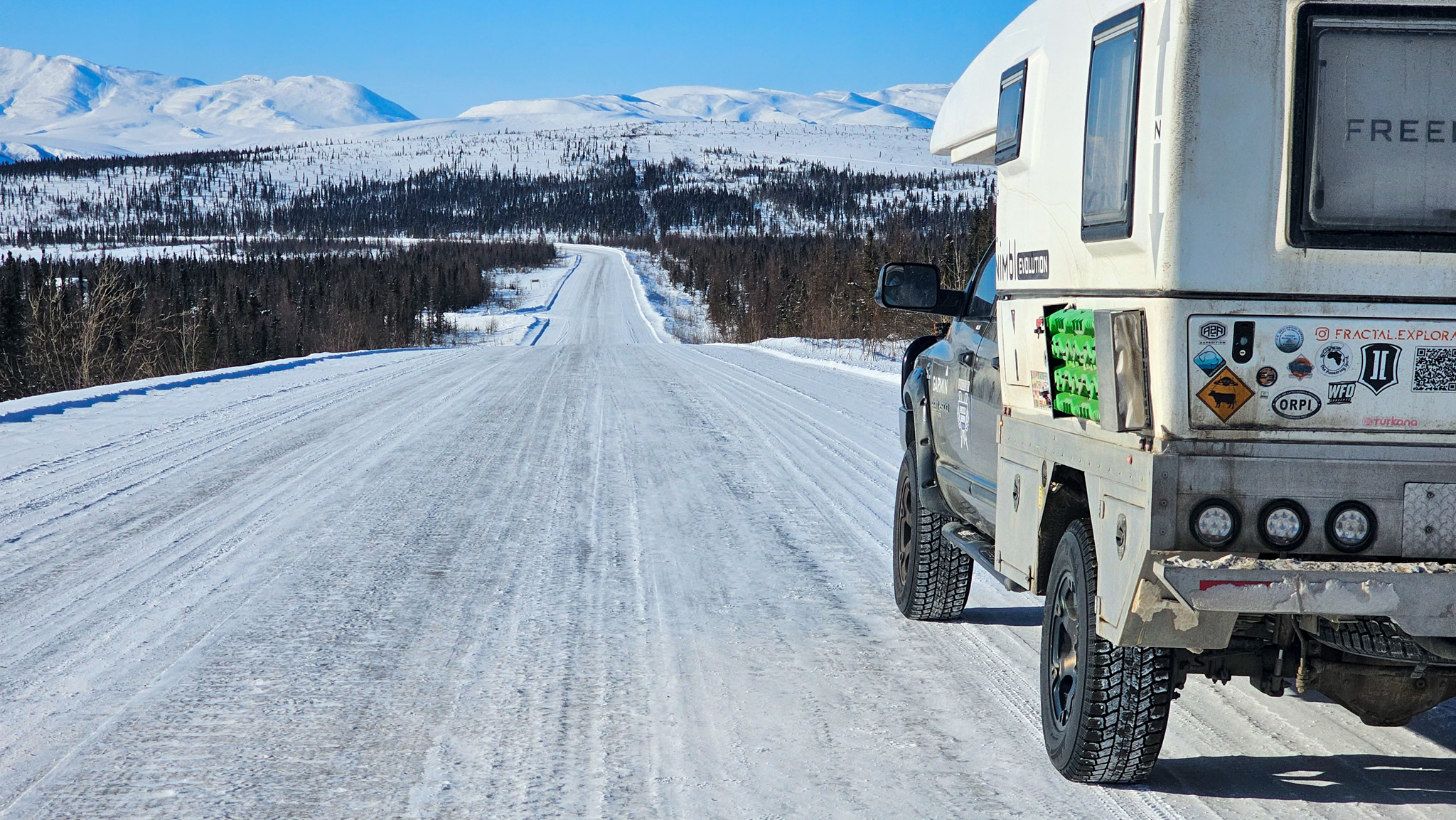
Our first real experience driving and camping in whiteout conditions came when we drove a Nimbl camper from Colfax, California, to Alabama Hills over the infamous Donner Pass. With 4WD and white knuckles engaged, we made our way up and over the pass, peering into the blizzard on the edge of our seats. A capable vehicle, good winter tires, and patient, gentle driving found us south of Reno, camped on BLM land in 2 feet of snow (I thought that night was cold; I was later to learn the true meaning of the word). We did not freeze; if anything, we were warm and cozy inside the camper with the heater purring warmly and a mug of Swiss Miss steaming as we looked out over a white and wonderful world. I thought back to the heat and humidity of West Africa and South America and remembered thinking then how I preferred the comfort of the cold to the oppression of heat, how my ancestors were all northern European, and, even though I was born and raised in Africa, it dawned on me that my body was more comfortable standing in snow than seeking shade in a desert. There was a vague familiarity with an element I had no experience with and whose characteristics were almost entirely enchanting. Snow is fascinating.
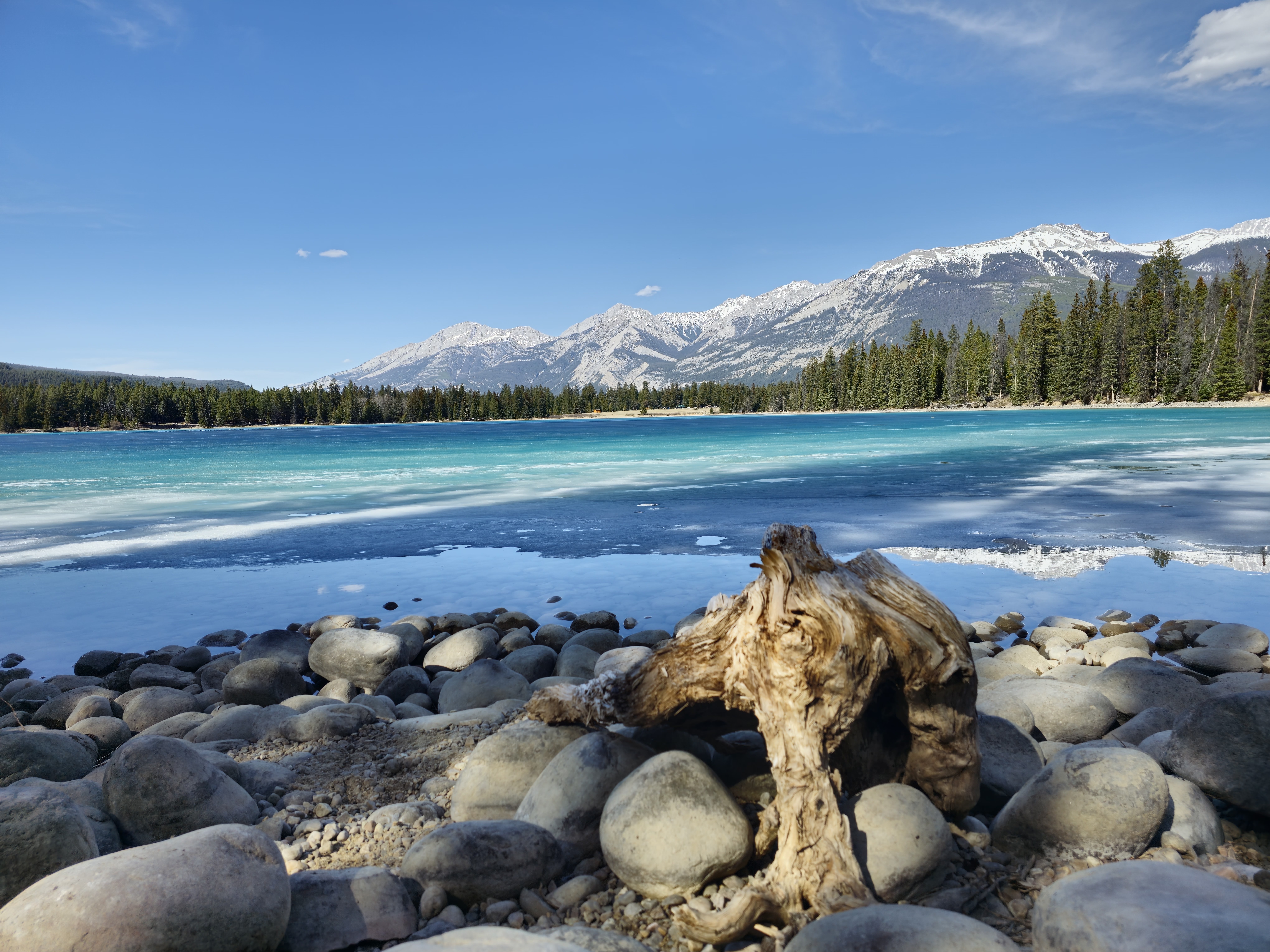
A year after our maiden voyage over the frozen Donner Pass, I stood beside a drainage ditch in Belize into which I had inadvertently driven our camper, the left front wheel dangling in overgrown green jungle grass, sweat pouring down my face and my back as we worked to recover the vehicle. What would I have given to be standing again in two feet of snow? “Let’s go north, Luisa, far north, to the Arctic Ocean in winter.” Luisa thought I was rambling mad, but I was quite serious—the cold was calling. To be quite honest, the Nimbl camper itself was a major factor in our decision to head to the Arctic in early March 2023, as the vehicle had proven excellent in cold weather, unlike our Land Rover Defender, which was built for hot and humid weather. Now, while we still had the Nimbl, it was our chance to face our fears and fully embrace the unknown.
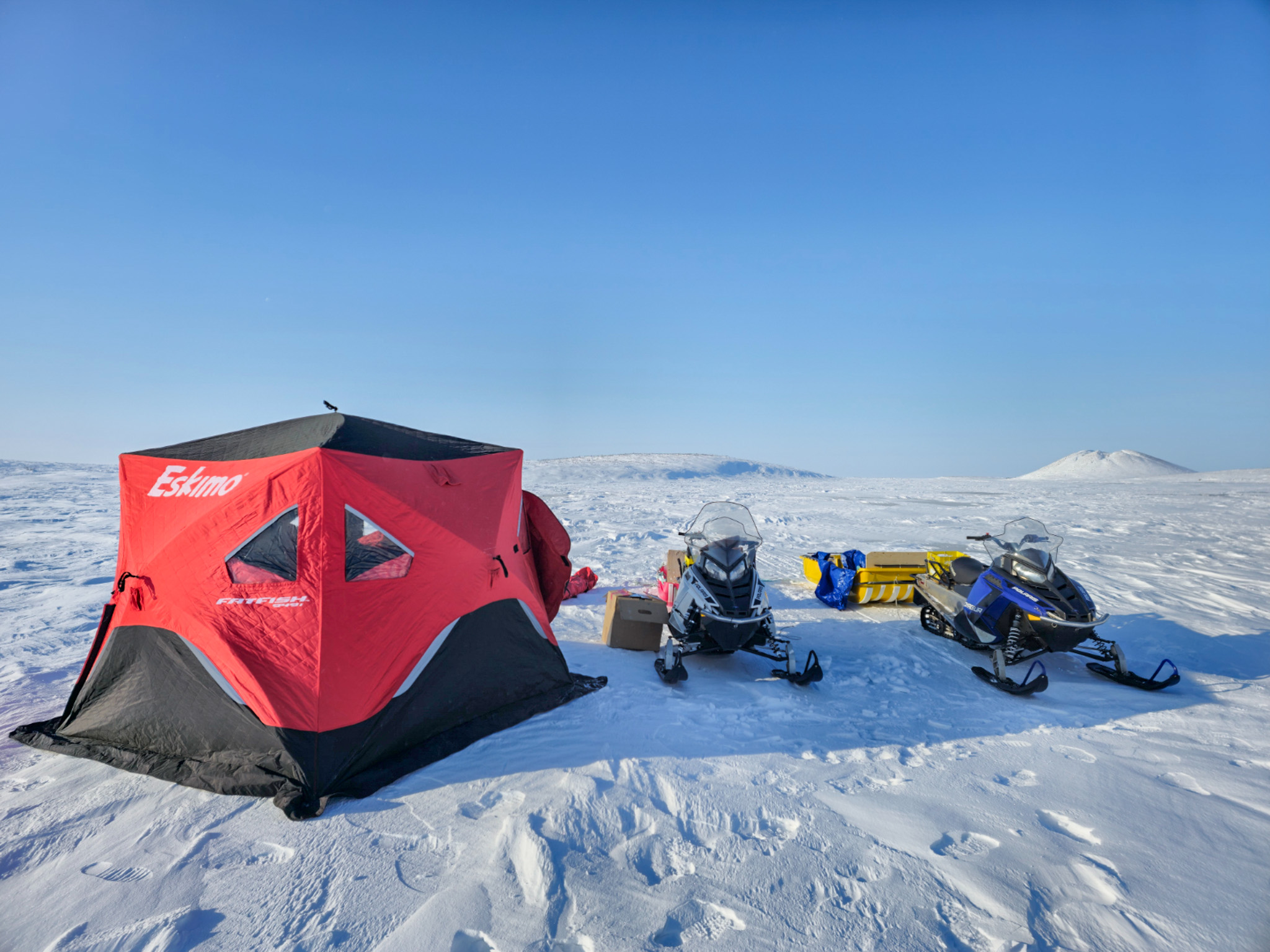
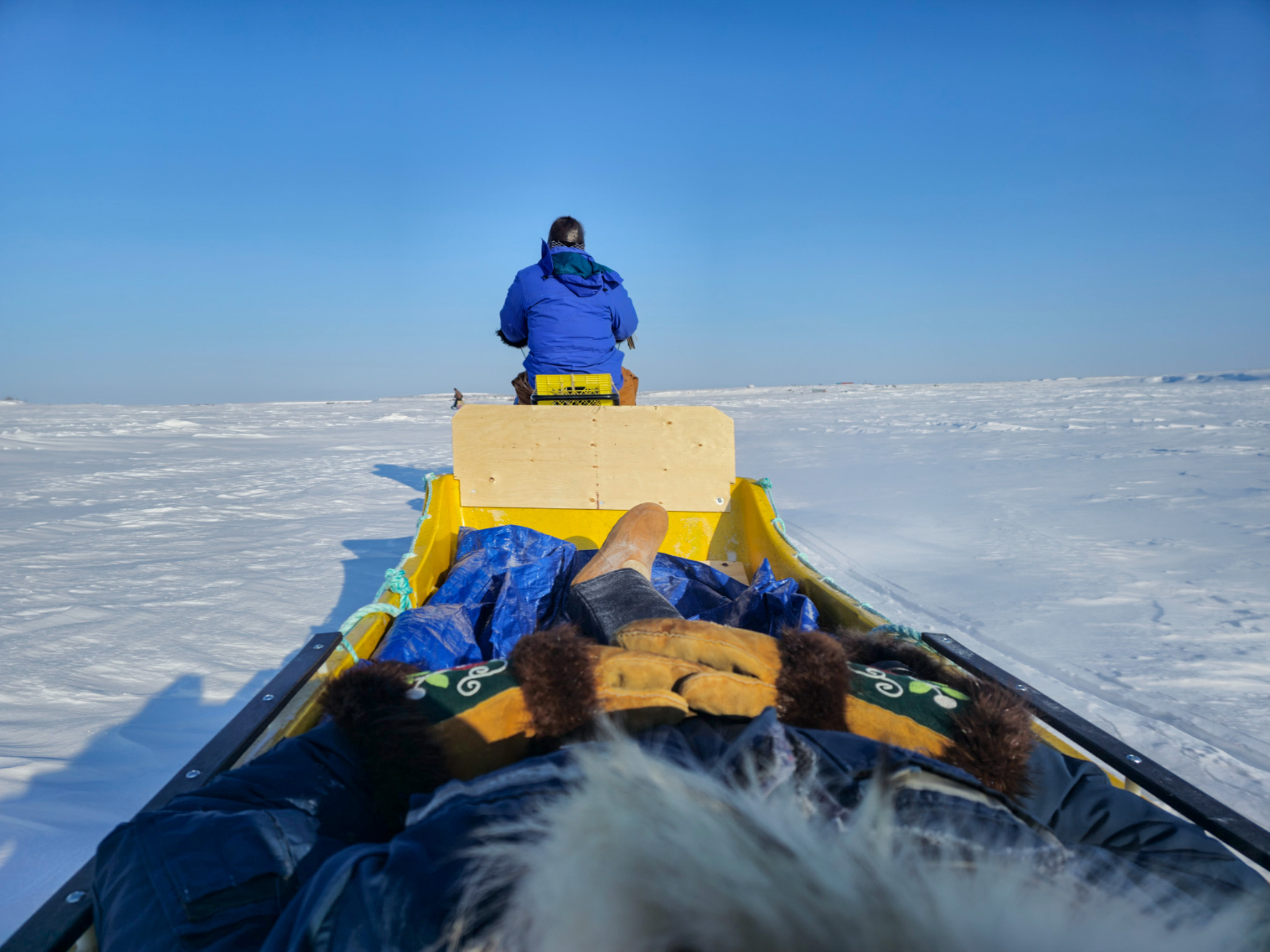
And so it was that a mere six months later, I found myself standing on the Arctic Ocean beside a frozen cored pingo hill, a relatively short snowmobile ride from Tuktoyaktuk at the terminus of the Dempster Highway. I listened to my body and scanned for weakness in my cloth defenses and found only my face was cold, comfortably so, as if -50°F was natural to me. I looked out across the white expanse where polar bears hunted and scavenged; our Inuvialuit guide, James, stood with me outside the heated tent and smoked a cigarette with bare hands despite the numbing cold. I wore wolf fur gloves and learned the true potential danger of the cold when I removed the gloves. We tried to shoot a distant bush with an old rifle cleaned and carried for protection against polar bears. Three times, I aimed and pulled the trigger; three times, the gun failed to fire, and the cartridges were deemed frozen and tossed by James over a shoulder onto the ice. Defrosted bullets would not be accurate in the spring. Luckily, James had also brought large, machete-type knives with which to bludgeon the bear while it fed on my warm corpse). At these extreme temperatures, the nature of the snow changes, and it crunches hollow and firm underfoot, a sound I had never heard before and will never forget.
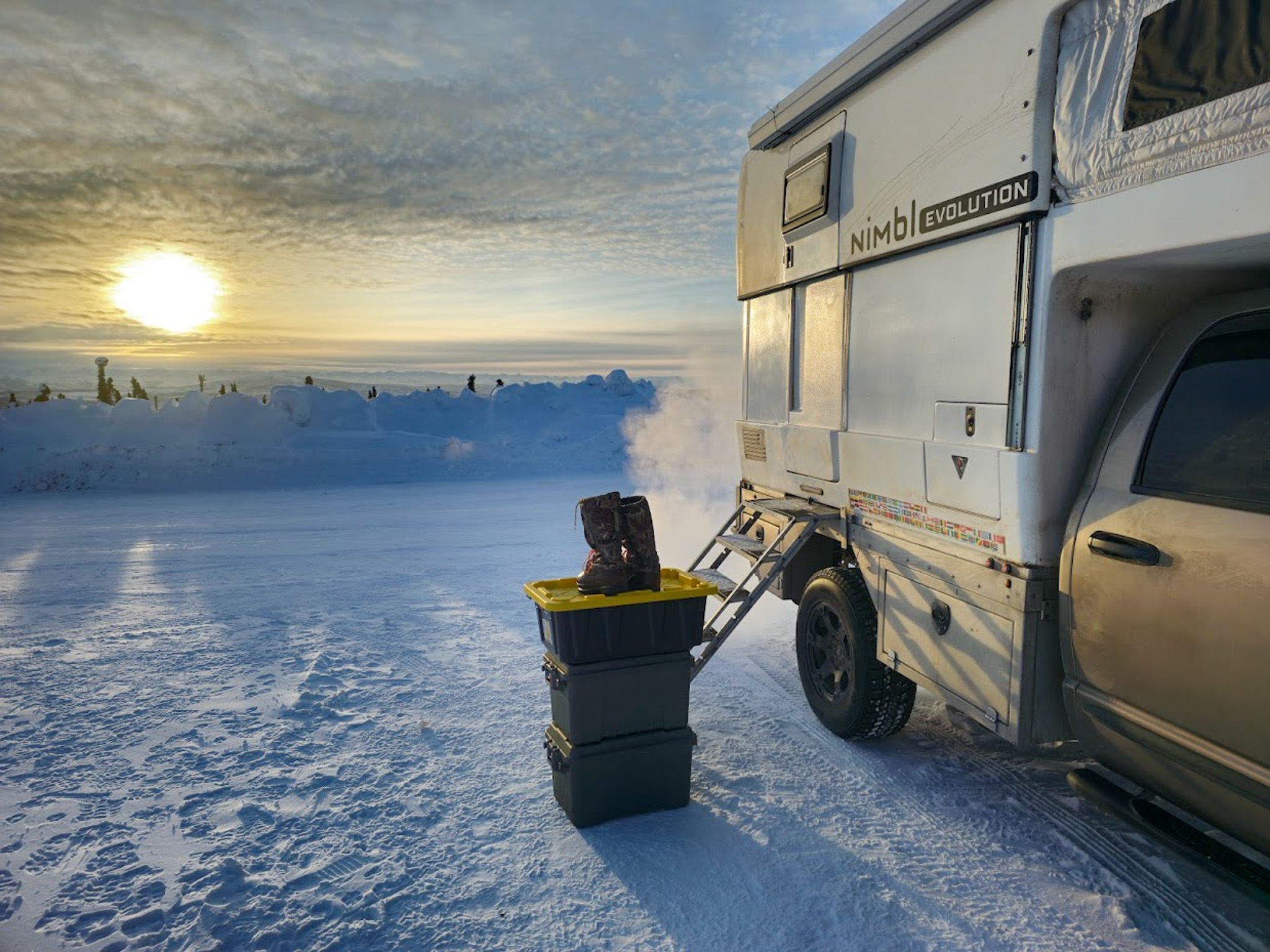
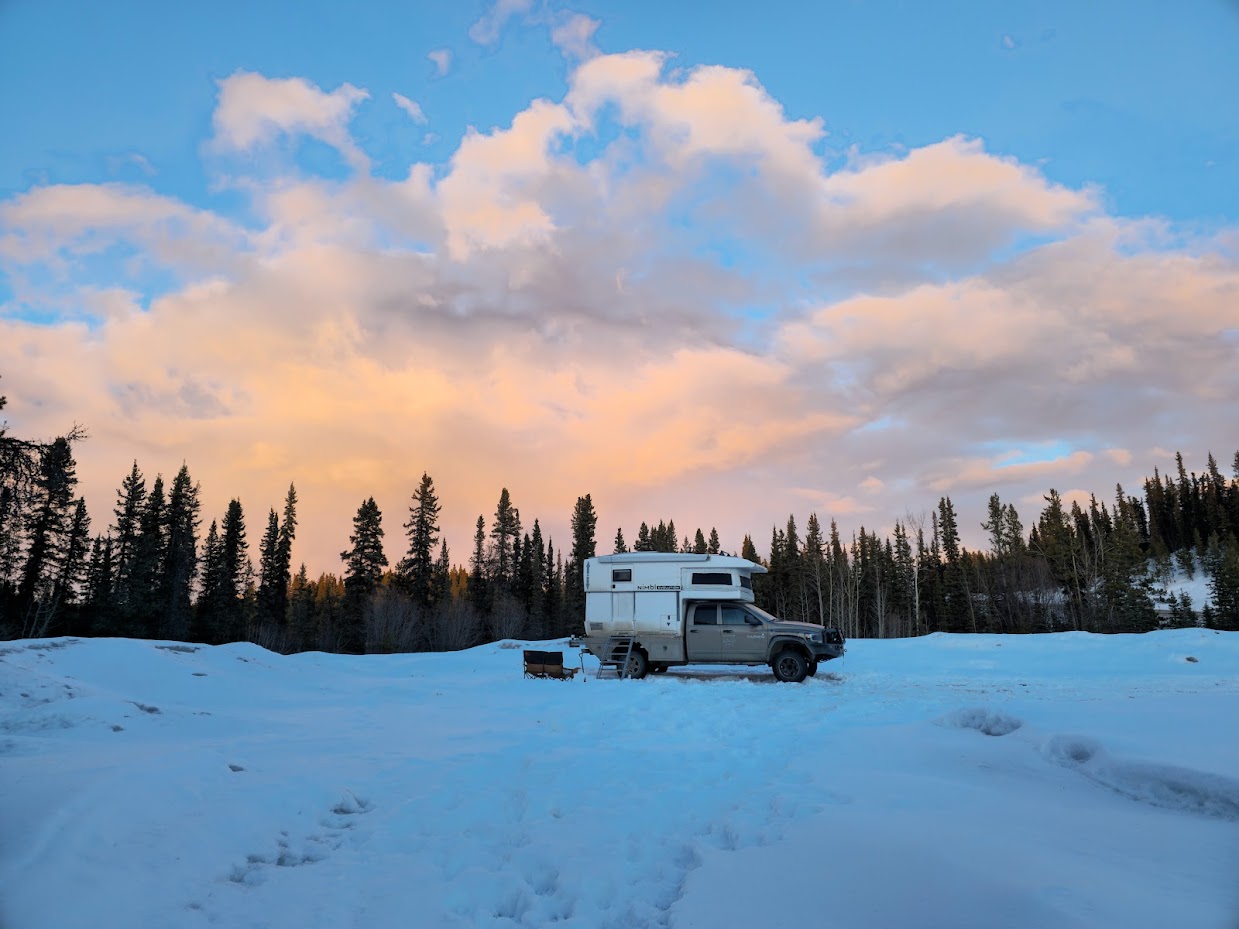
Luisa and I had driven all the way from Belize to be there and had camped every night once crossing into Canada, no matter the temperature or weather (save for two nights in Whitehorse as we prepared for the final push north while we repaired the Dodge Ram). We camped in Tuk (as the locals call it) and plugged into the power supply in the parking lot of a school, where we gave five presentations about our life on the road. We camped at Eagle Plains and Inuvik and embraced the daily habits that ensured comfort and survival, reaping the benefits.
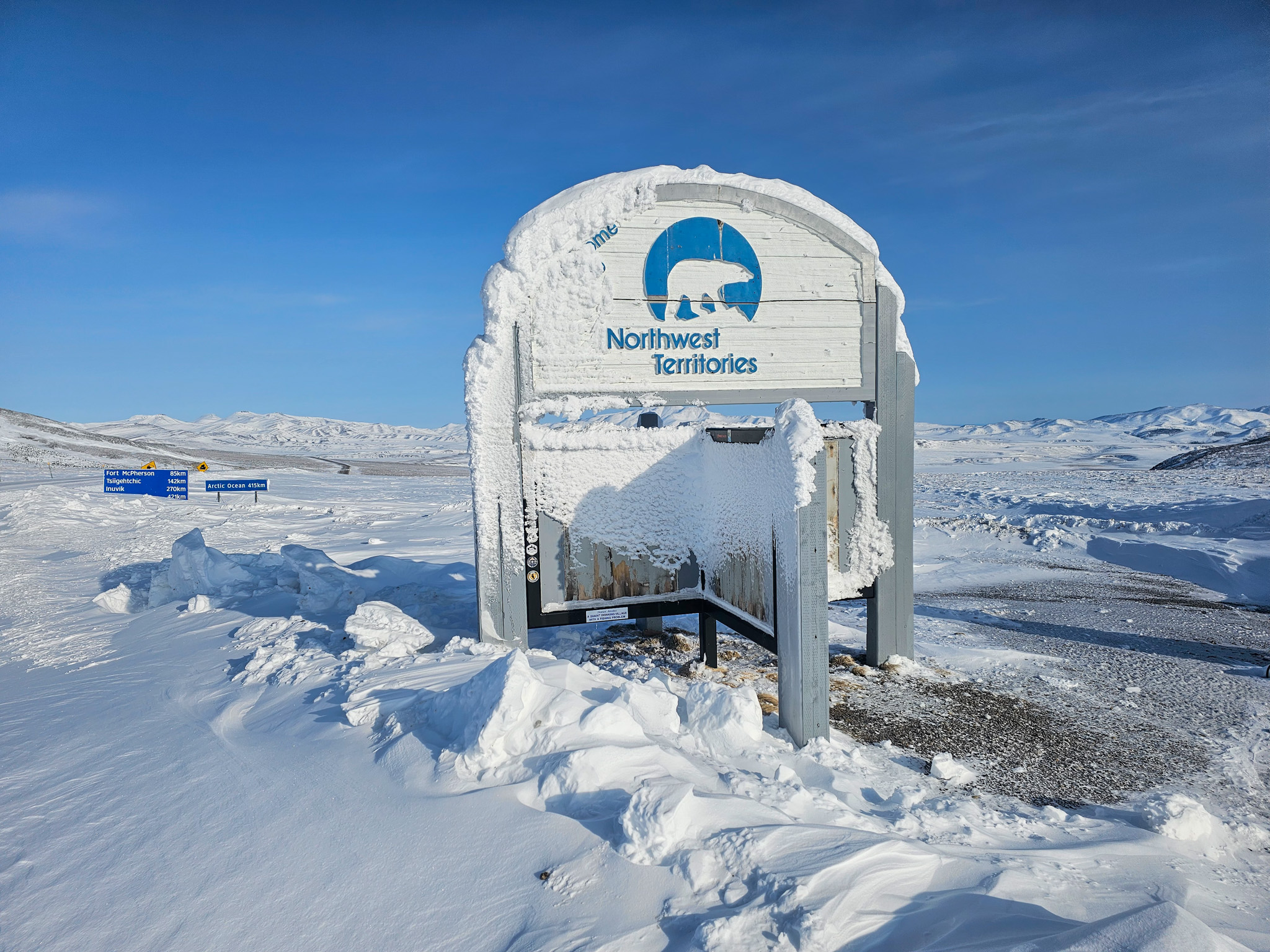
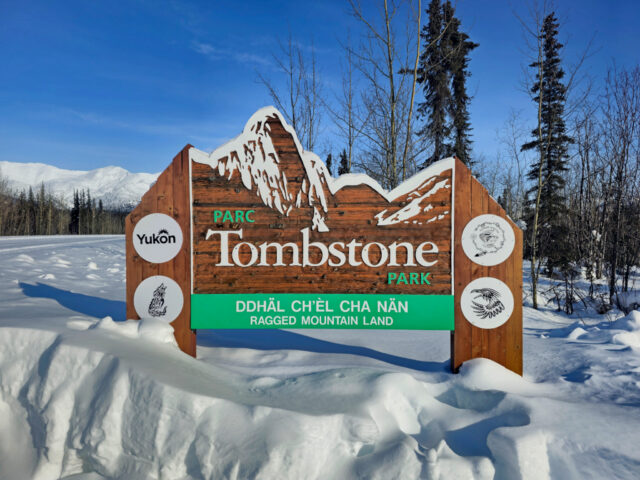
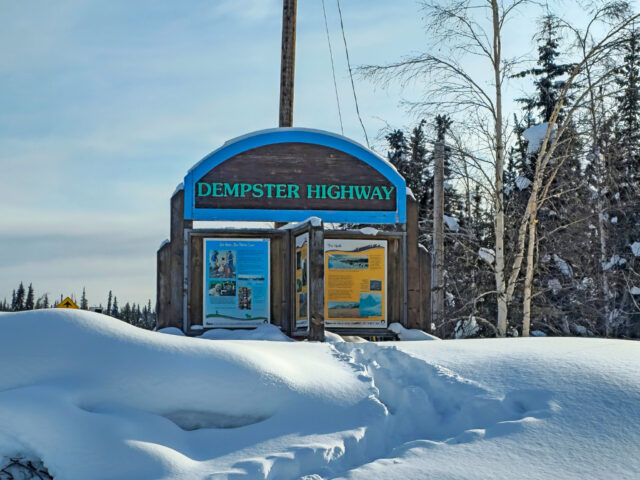
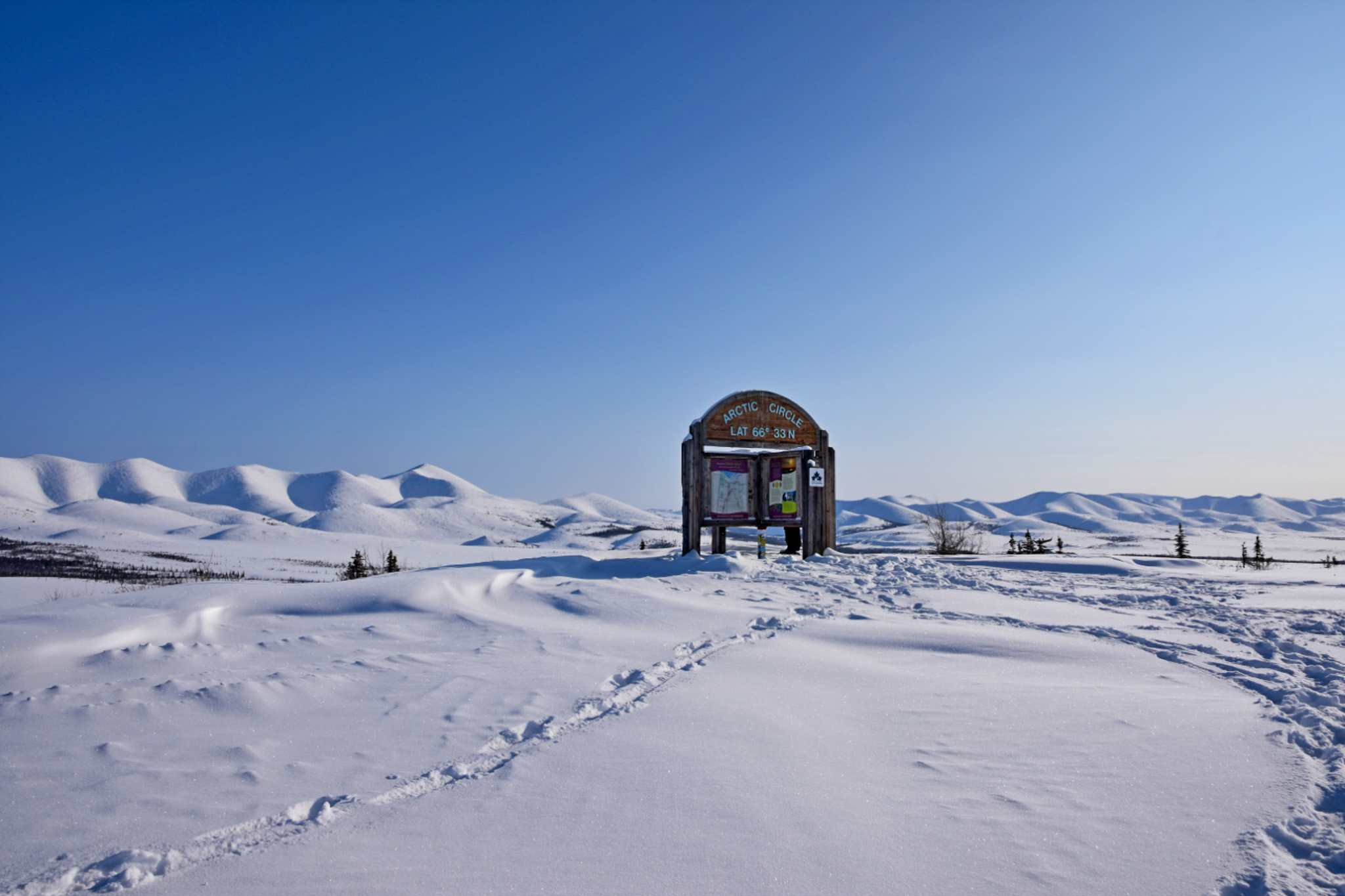
I learned that we should run toward the cold instead of from it, but with a different mindset. While overland travel in warmer months allows a traveler to explore tracks and trails, a few feet of snow will restrict you to those routes that have been cleaned and maintained unless you are experienced with driving in deep snow and have a suitably equipped vehicle. Traveling to a cold country in the depth of winter is an altogether new and exciting experience—an opportunity to witness the power of nature and to experience the reality of the people who choose to live and work in these distant places. It is also an opportunity to experience popular tourist routes, without the tourists, the traffic, and the tourist industry, to see a mighty river frozen solid or a famous mountain smooth and white, the landscape hibernating beneath an icy blanket.
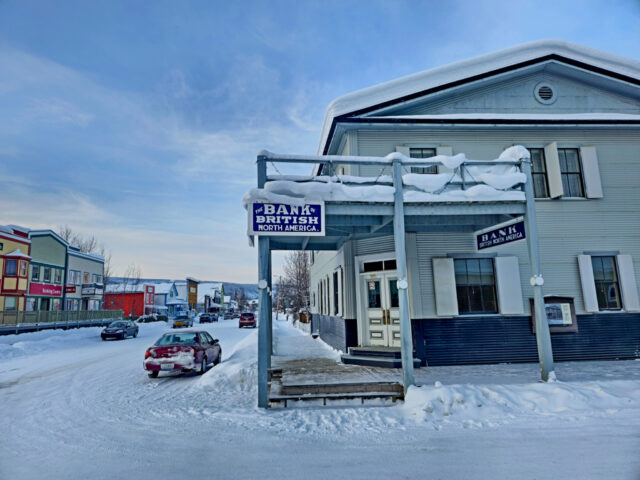
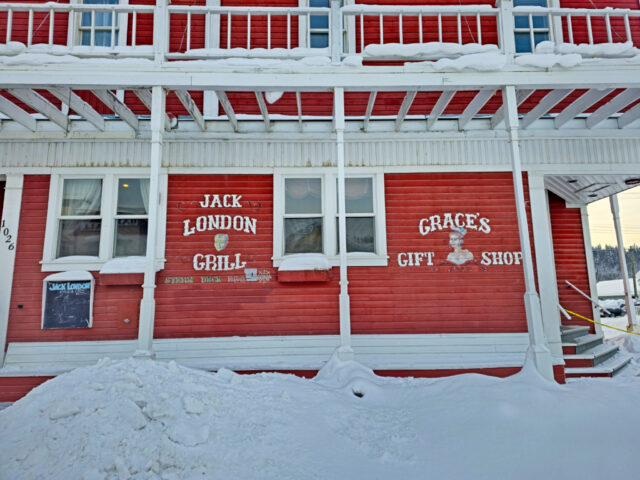
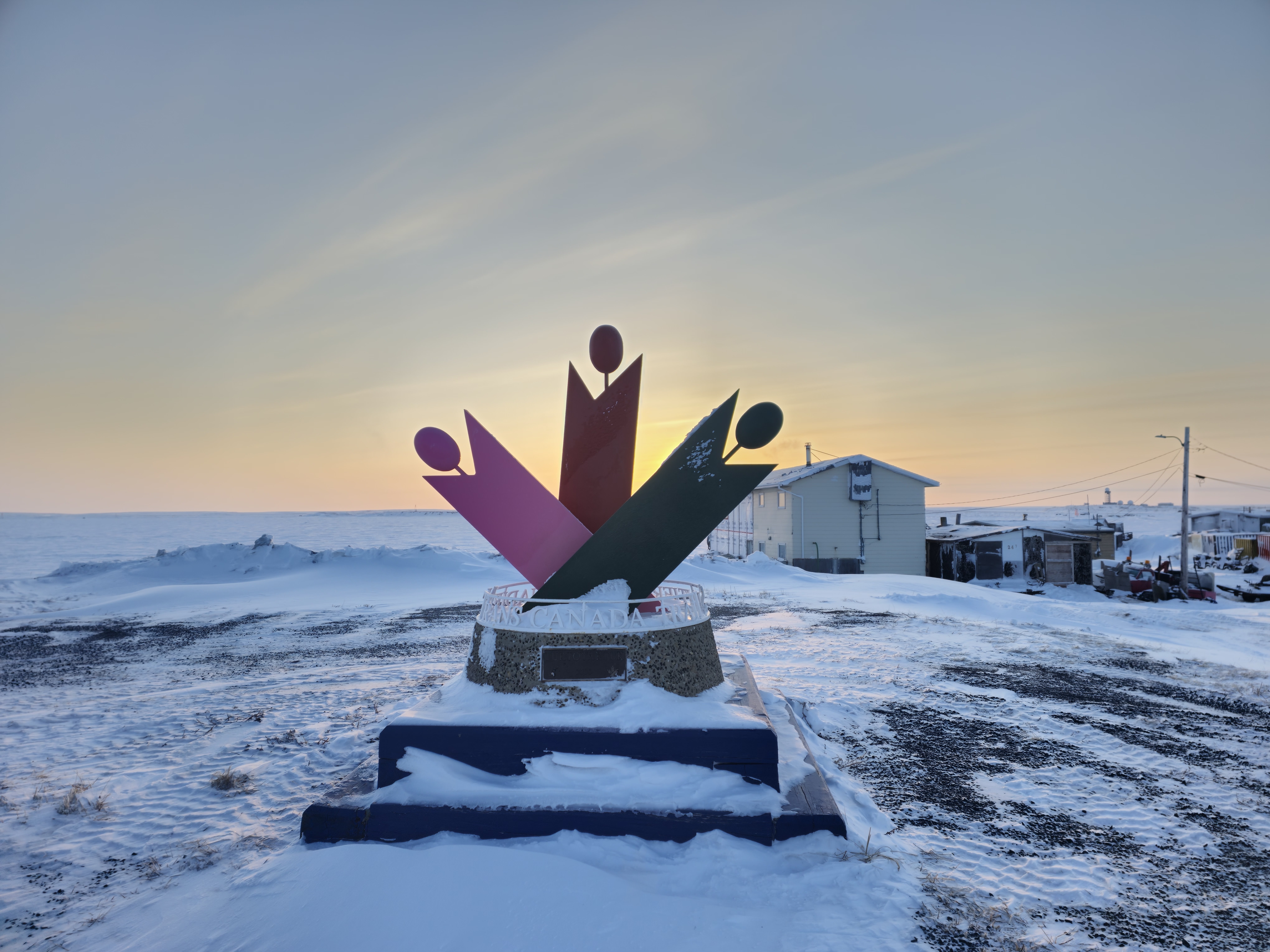
The far north is a quiet, beautiful, and mysterious place in winter. A man feels free, satisfied, and alone but not lonely. There is peace of mind earned from the effort of daily survival, and the longer you spend up there, the more you learn to respect and admire the people who have inhabited the area for millennia. To breathe the frigid air where legends were born is to realize the incredible ability of man and nature—to survive, adapt, and thrive. I found myself comfortable in the warmth of my camper bed, cuddled beside my soul mate, with the aurora borealis flowing above, listening to old CBC (Canadian Broadcast Corporation) stories of the Mad Trapper, aka Albert Johnson. Told by survivors of the search party, the crackling radio broadcast details the manhunt of a gifted outdoorsman in the darkest, most perilous depths of winter, far above the Arctic Circle. Albert Johnson may be deemed by history a criminal, but he is universally respected for his tenacity and ability to survive while being hunted, as well as his ability to confound his pursuers while breaking new trails in the Northwest Territories. Listening to the story, I felt an affinity for the man. It seemed he just wanted to be left alone, to flee a world in which he clearly did not fit by escaping to one of the most isolated areas on the planet. But, the world would not leave him alone; they came knocking on the door of his tiny wooden fortress, setting off a chain of events that would eventually lead to Albert Johnson’s demise. His story would become part of me, not only through the lessons it taught but also through the realization that a well-prepared and experienced man can venture further than he or others could imagine. That solitude, ultimately, is elusive. (If you too become intrigued by the story of the Mad Trapper, I encourage you to research The Lost Patrol, which illustrates what can happen if one ventures into the Arctic wilderness with too much confidence and too little experience).

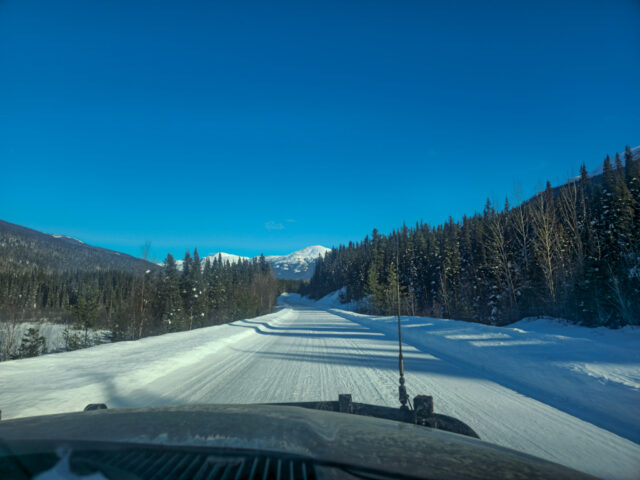
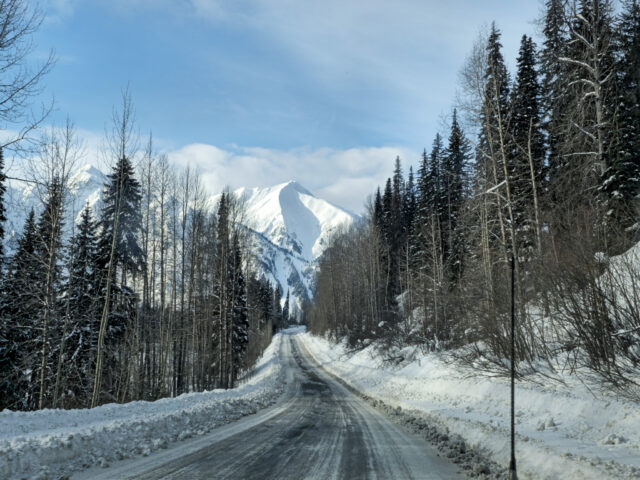
I could never hope to be as skilled or tenacious an outdoorsman as the Mad Trapper. Still, I have learned that I love and deeply respect the consoling cold loneliness of the far north. I am grateful to have had the health and opportunity to experience a type of overland travel that few experience or imagine that they can endure. As I sit today in a warm, cozy little villa in the Mexican Sierra Madre Occidental, I often think of the lessons we learned, lessons that came at a time when I needed them most. Both Luisa and I yearn for the hollow crunch of Arctic ice beneath our boots, a frozen paradise before us, the daily effort that frames the dark day and ensures survival and an elusive sense of satisfaction. True satisfaction.
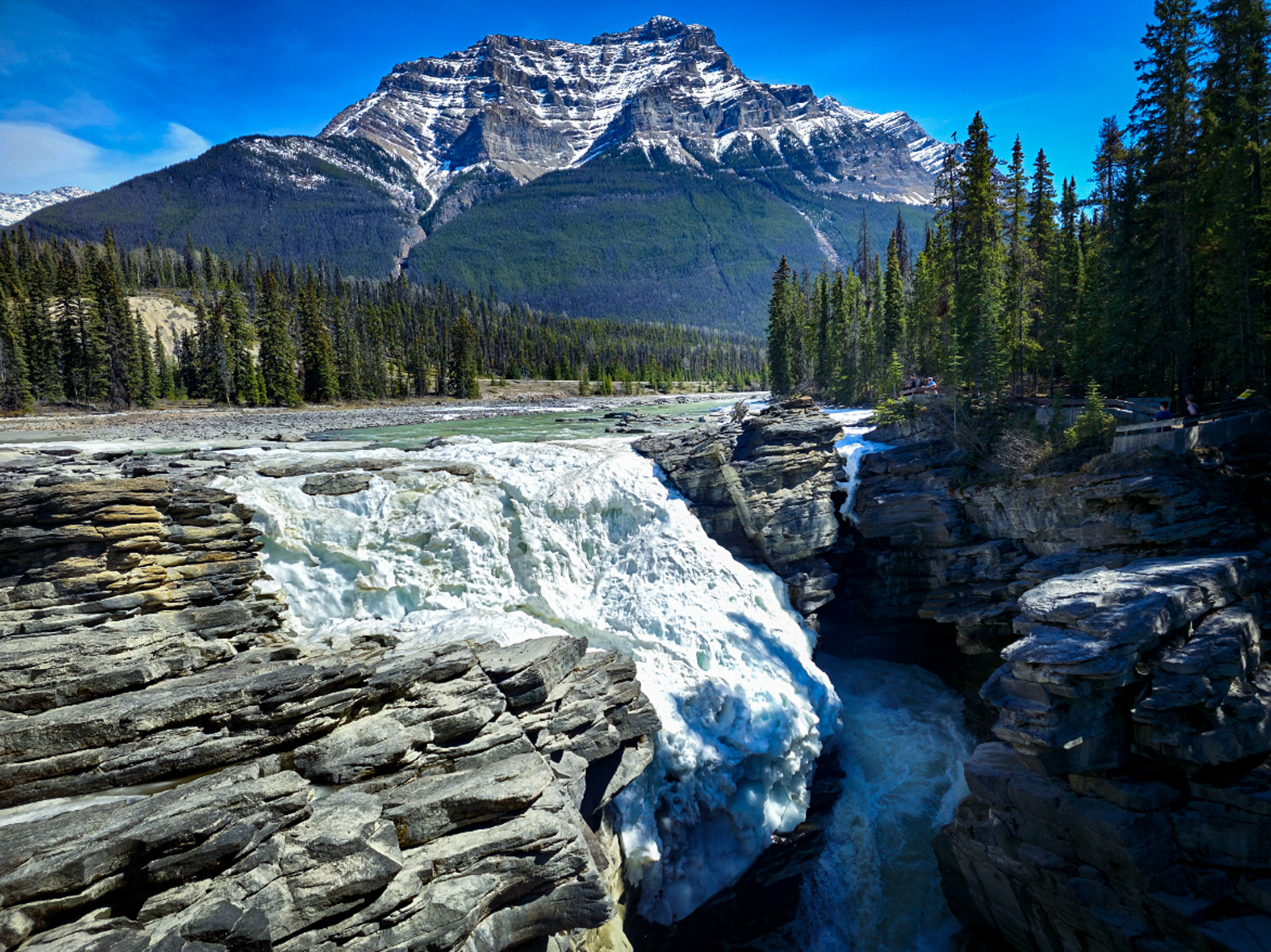
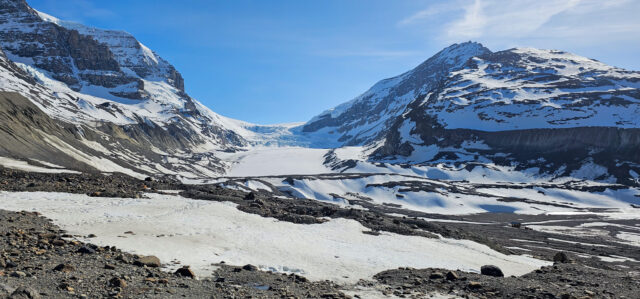
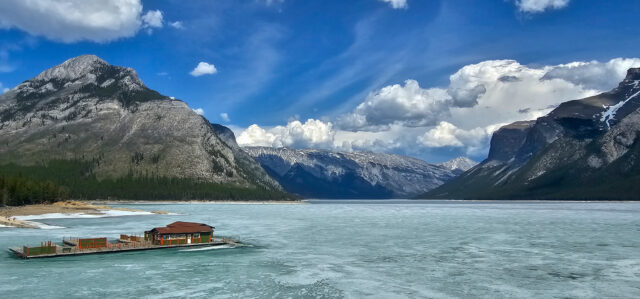
So, what would we have done differently, you may ask? I would not rush. When we return to the far northern winter (whether that be Alaska, Canada, Scandinavia, or Russia), we will be prepared to explore. We will be equipped with snow shoes and skis for cross-country exploration. We will ice fish, find a cabin to inhabit for the darkest months, and learn to be as self-sufficient as possible. A well-equipped overland vehicle can sustain travel and survival, taking you there, sustaining you there, and bringing you back whole, fundamentally changed, and eager for the next challenge.
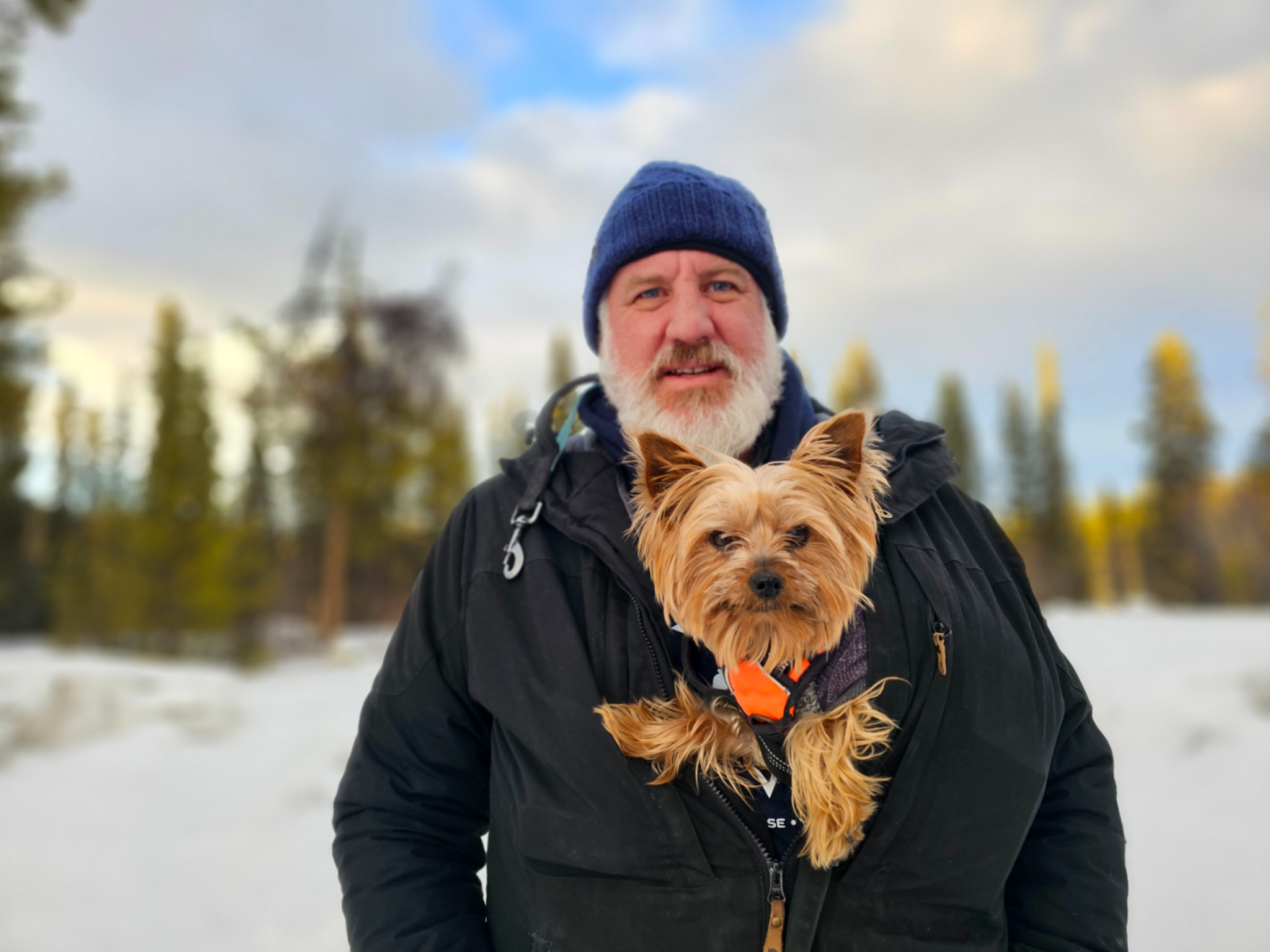
Winter Inspiration: The Mad Trapper, Richard Proeneke, The Lost Patrol
Read More: SUV, Van and Pick-Up Camping Conversion Kits :: Buyers Guide
Our No Compromise Clause: We do not accept advertorial content or allow advertising to influence our coverage, and our contributors are guaranteed editorial independence. Overland International may earn a small commission from affiliate links included in this article. We appreciate your support


